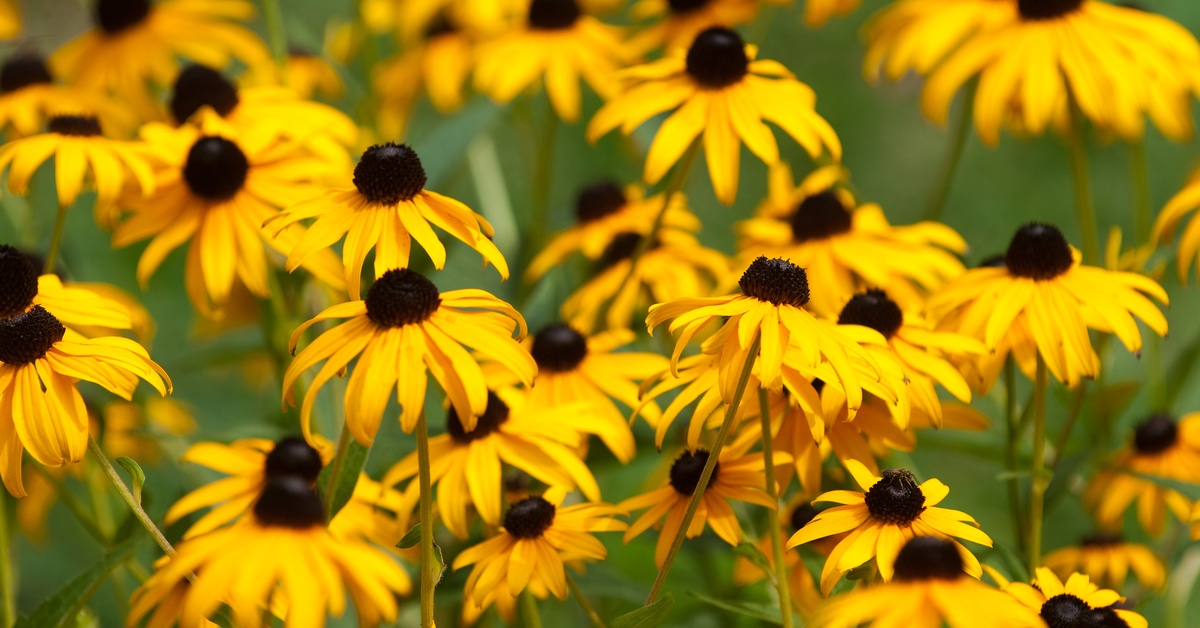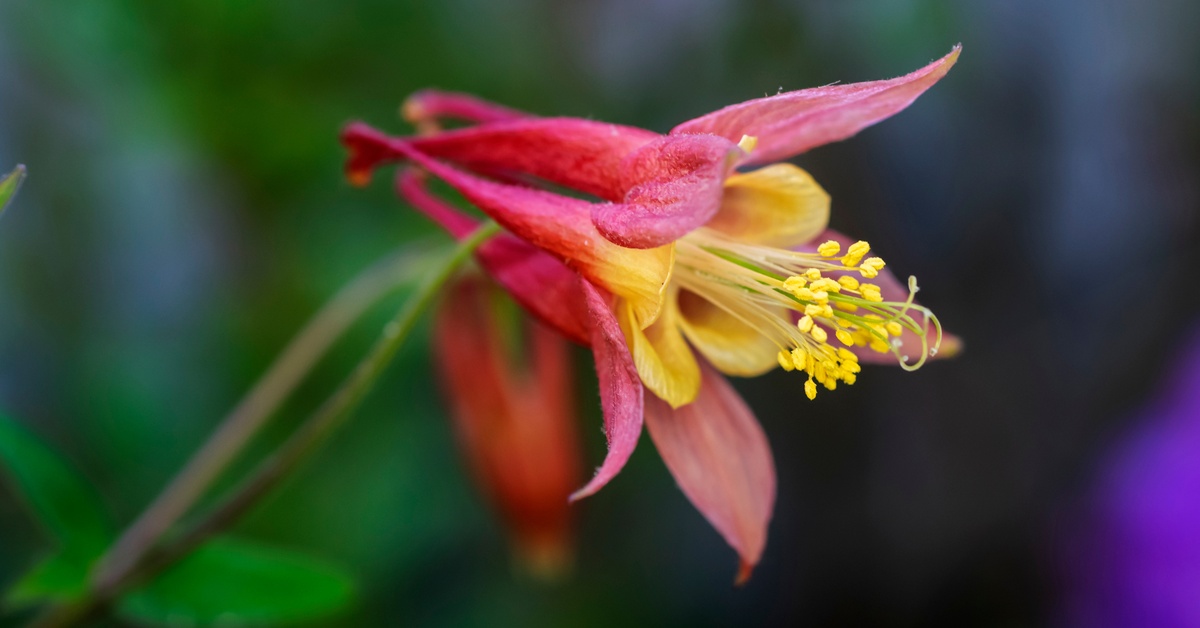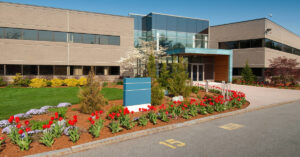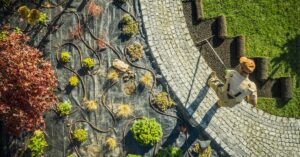A successful year-round landscape in Virginia begins with native plants that already thrive in local conditions. Native species support long-term plant health, lower irrigation demands, and strengthen natural ecosystems without constant upkeep. Landscapes in Richmond, Roanoke, Christiansburg, or Radford benefit from plants that survive regional weather patterns and resist common pests.
Whether you’re managing a home garden or a commercial property, using native plants simplifies maintenance while keeping outdoor spaces vibrant. Every selection below brings seasonal color, ecological value, and strong performance suited to Virginia soil.
Purple Coneflower (Echinacea purpurea)
Purple coneflowers bring strong summer color with tall, vibrant blooms that last through late August. Their central seed heads attract butterflies and bees, creating visual movement while supporting pollinator health. Strong stalks keep the blooms upright, even during wind or afternoon storms common to Virginia summers.
Once roots establish, these perennials thrive in drought conditions and require very little maintenance. Their natural resistance to deer and disease makes them an ideal choice for both business entryways and home gardens. Purple coneflower is a beautiful native Virginia plant species to plant in sunny, open landscapes that benefit from pollinator traffic.
For designers who need height variation in a mixed planting bed, coneflowers create contrast next to groundcovers and ornamental grasses. The bold purple blooms also photograph well, which makes them perfect for high-traffic areas like retail centers or backyard patios. You can rely on coneflowers to return each year without fuss, making them a long-term investment for visual consistency.
Virginia Sweetspire (Itea virginica)
Virginia sweetspire delivers stunning seasonal interest without requiring heavy maintenance. In spring, it produces arching white flower clusters that brighten shaded walkways or border areas. During the fall, the leaves shift to deep red and purple, giving landscapes bold color even after summer ends.
This native shrub tolerates partial shade and performs well in moist or clay-heavy soil, which suits many properties across central and western Virginia. Landscapers use it along water features or low-grade slopes to prevent erosion while adding depth. Homeowners appreciate its ability to adapt to challenging corners of a yard that receive inconsistent light.
You can plant sweetspire near patios or seating areas to benefit from its mild fragrance and dense leaf coverage. Maintenance crews often choose it for its compact size and natural resistance to pests. When planted in rows, sweetspire also works as a low hedge or backdrop for shorter perennials.
Black-Eyed Susan (Rudbeckia hirta)

Few native plants offer the cheerful durability of black-eyed Susans. Their bright yellow petals surround dark centers and hold color from midsummer through early fall. These flowers tolerate poor soil and need minimal water once they’ve settled in.
Black-eyed Susan is a beautiful native Virginia plant species to plant in high-visibility areas needing durable, seasonal color. Businesses often line walkways or parking islands with them for consistent color during the hottest months. Their ability to thrive under direct sun makes them ideal for exposed corners or road-facing borders.
In home gardens, they serve as excellent filler plants between shrubs or ornamental grasses. You can also cut the flowers and bring them indoors without damaging the plant’s growth cycle. Because they self-seed, black-eyed Susans naturally return each year in even larger numbers.
Black-eyed Susans also resist common plant diseases like powdery mildew and leaf spot, which makes them reliable across a wide range of soil and drainage conditions. Landscapers often pair them with other heat-tolerant natives like blazing star or butterfly weed to build layered, color-rich designs. Their rough-textured foliage deters deer, which adds another level of value for properties near wooded areas or open fields.
Wild Blue Phlox (Phlox divaricata)
Wild blue phlox softens landscapes with clusters of lavender-blue flowers that bloom early in spring. Its short height and spreading habit work well in shady spaces where taller plants struggle. Butterflies and early-season pollinators visit these low-profile blooms frequently.
You can plant wild blue phlox beneath trees, beside foundations, or along woodland edges to create soft texture and visual depth. It adapts well to Virginia’s slightly acidic soil and requires minimal attention after flourishing. The plant also acts as a living mulch by reducing weed pressure between larger plantings.
At Valley Landscaping, we provide commercial landscaping services prioritizing year-round plant health with a focus on species suited to Virginia’s conditions. We often recommend native groundcovers like wild blue phlox for their ability to reduce maintenance while supporting biodiversity. These plants bring soft color and natural resilience to shaded spaces that typically struggle with turf or tall perennials.
Eastern Red Columbine (Aquilegia canadensis)

Eastern red columbine features delicate red and yellow blooms that hang like bells and sway in light wind. These flowers appear early in spring and draw hummingbirds almost immediately. The plant’s open structure adds airiness and color variety to garden beds.
Because columbine self-seeds easily, it fills in naturalized planting areas without taking over. Landscapers value its ability to grow in shaded areas or rocky, less-developed soils. It serves as an ideal transition plant between dense shrubbery and ornamental borders.
Many Virginia homeowners choose columbine for spring gardens that need texture before summer plants take over. Gardeners often pair it with ferns or native grasses to create visually balanced woodland edges. Once in place, the plant needs little attention beyond seasonal cleanup.
American Beautyberry (Callicarpa americana)
American beautyberry stands out in fall landscapes with its bold clusters of purple berries. These vibrant fruits last into early winter and feed songbirds during colder months. The arching branches and small pink flowers add visual interest even before berries develop.
In residential spaces, beautyberry works well along fence lines or in natural privacy screens. Commercial landscapers often use it in hedging applications where visual appeal matters year-round. The plant grows quickly but responds well to pruning, which makes it adaptable for formal or wild spaces.
Beautyberry’s natural tolerance to heat and occasional drought makes beautyberry a reliable choice for demanding sites with minimal irrigation. Landscapes benefit from the combination of foliage, berries, and bird activity that it brings from August through December. When planted in clusters, the visual impact of beautyberry can anchor entire planting designs.
The right native plants create a foundation for landscapes that look good and grow strong without extra labor. Each of the species above offers reliable performance, regional compatibility, and low-maintenance color through multiple seasons.
Whether you manage a residential yard or a full commercial site, native plants support sustainability while reducing long-term costs. At Valley Landscaping, we help property owners make smart plant choices that keep their landscapes healthy, beautiful, and rooted in Virginia.



